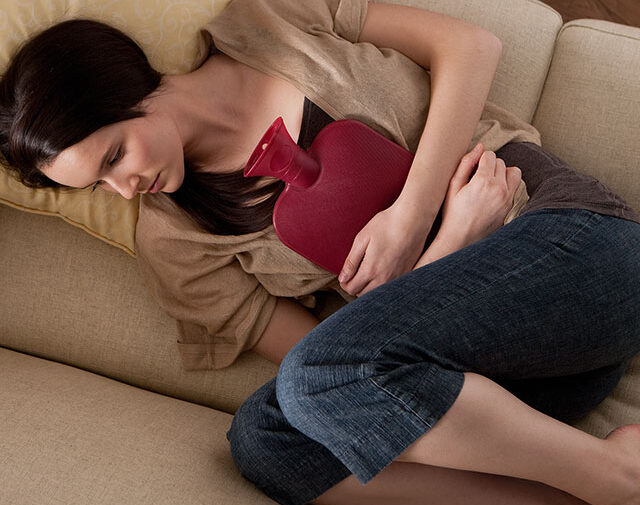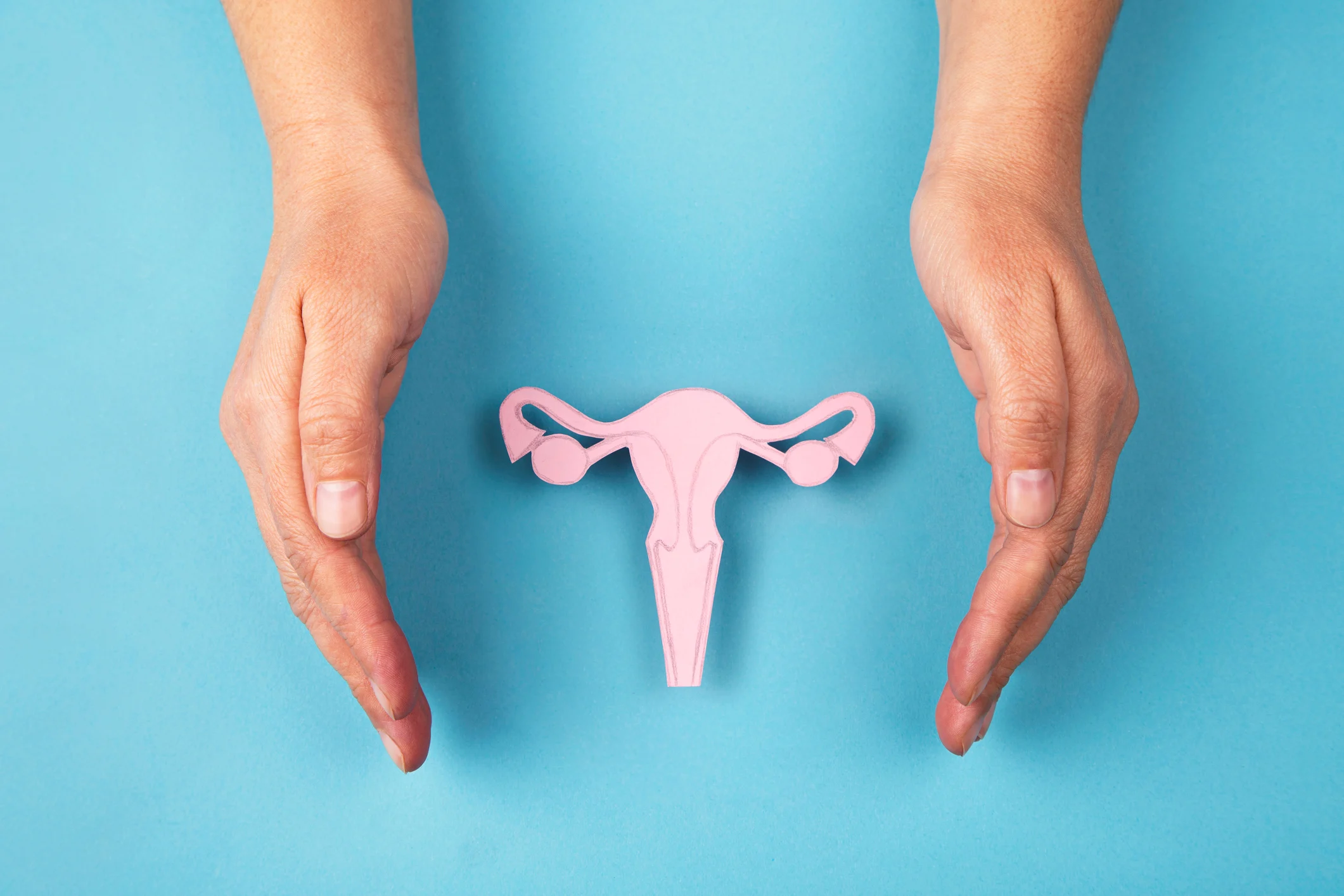For 176 million women worldwide, a painful, chronic disease known as endometriosis is a difficult part of everyday life.
Each month during menstruation, the endometrial lining found inside the uterus sheds from the body. When the endometrial tissue normally found inside the uterus grows outside the uterus, in other parts of the body, it is known as endometriosis.
When endometrial tissue outside the uterus breaks down and sheds as it would during a normal menstrual cycle, it is unable to drain from the body, causing inflammation and pain.
Endometrial growths have been found on the ovaries, fallopian tubes, bladder, on the outside of the uterus, lining the pelvic cavity and between the vagina and rectum. While rare, growths have also been found in the arm, thigh and lung.
Roughly 35-50% of women diagnosed with endometriosis also have infertility, making endometriosis one of the top three causes of female infertility.
New research released by Human Reproduction this month found that endometriosis may not have as large an impact on fertility as previously thought. While endometriosis does increase the risk of infertility, particularly in women under 35, the research found that previous estimates of infertility due to endometriosis were nearly twice as high as the new research. Research findings came from a major national health survey of 58,427 women.
To help patients experiencing infertility as a result of endometriosis, we asked Dr. John Rapisarda 10 questions about treating and diagnosing the disease.
Q: How do you determine whether or not someone has endometriosis?
A: Laparoscopy, a common surgical procedure with a camera that is inserted into the abdominal cavity to directly see endometrial growths, is needed for the diagnosis of endometriosis. Diagnoses can also be made through a biopsy of tissue samples. Occasionally, endometriosis can be suspected through an ultrasound or exam, but laparoscopy with biopsy is required for an actual diagnosis.
Q: Do you see a lot of patients with endometriosis?
A: I have treated hundreds of patients with endometriosis. It’s important to understand that with current techniques, we can often help someone who is suspected of having endometriosis become pregnant without firmly establishing the diagnosis or treating the endometriosis. Often, we don’t pursue invasive diagnostic procedures unless a patient has symptoms other than infertility.
Q: Do they know they have endometriosis before seeing you?
A: Occasionally a patient will have an established diagnosis of endometriosis, or suspect that they have it, but this is more the exception than the rule. According to the Endometriosis Foundation of America, it takes 10 years from symptom onset to receive an accurate diagnosis of endometriosis. The long diagnostic process is due to a lack of knowledge among the general public and medical community. Sadly, many endometriosis patients are misdiagnosed, often multiple times.
Q: What is the fertility treatment approach for endometriosis?
A: Treatment will vary based on symptoms and goals. If patient has a lot of pain during/between periods or with intercourse, endometriosis is often treated surgically or with suppressive medical therapy. If the primary goal is to become pregnant and symptoms do not interfere with quality of life, the endometriosis is often not directly treated. One of the most effective treatments to help women with endometriosis become pregnant is through assisted reproduction, such as IVF. Using this technique, we can bypass the disease in the pelvis and achieve excellent pregnancy rates.
Q: How is this approach different than other infertility diagnoses?
A: In some cases, women with endometriosis may require surgery to improve their fertility. Following surgical intervention, we can determine the next best steps for a patient. This can include intrauterine insemination, ovarian stimulation, or IVF. Each individual requires a custom course of treatment but many endometriosis patients become pregnant using more conservative treatment options.
Q: What are the biggest fertility treatment challenges for endometriosis?
A: Endometriosis is thought to create a somewhat toxic environment in the pelvis with increased inflammatory cells that can be detrimental to the egg/sperm/embryo. Distortion of the pelvic anatomy may occur as a result of adhesions and cysts on the ovaries. Surgical repair and medical treatment to suppress inflammation and growth of endometriosis may be helpful in some cases to improve fertility along with other interventions.
Q: How does being on birth control for long periods of time affect fertility?
A: Many women with endometriosis use birth control pills to lessen painful symptoms. Oral contraceptive pills do not affect fertility but there is typically a brief delay in the restoration of ovulatory cycles once the pill is discontinued. This is normal for all women who have been on birth control pills, and cycles typically return to normal within three to four months.
Q: Does being on fertility medication make endometriosis symptoms worse?
A: The higher estrogen levels that occur as a result of fertility medications can stimulate the growth of endometriosis, which can increase symptoms.
Q: What percentage of women with endometriosis are able to get pregnant?
A: Not all women with endometriosis experience infertility. For those that do, approximately 60-70% conceive.
Q: How do endometriosis symptoms change during pregnancy?
A: Women with endometriosis often have improvement of their symptoms during pregnancy, especially because they no longer have monthly periods, which is when endometriosis symptoms are typically the most painful.
Sorry, no medical team available right now!







